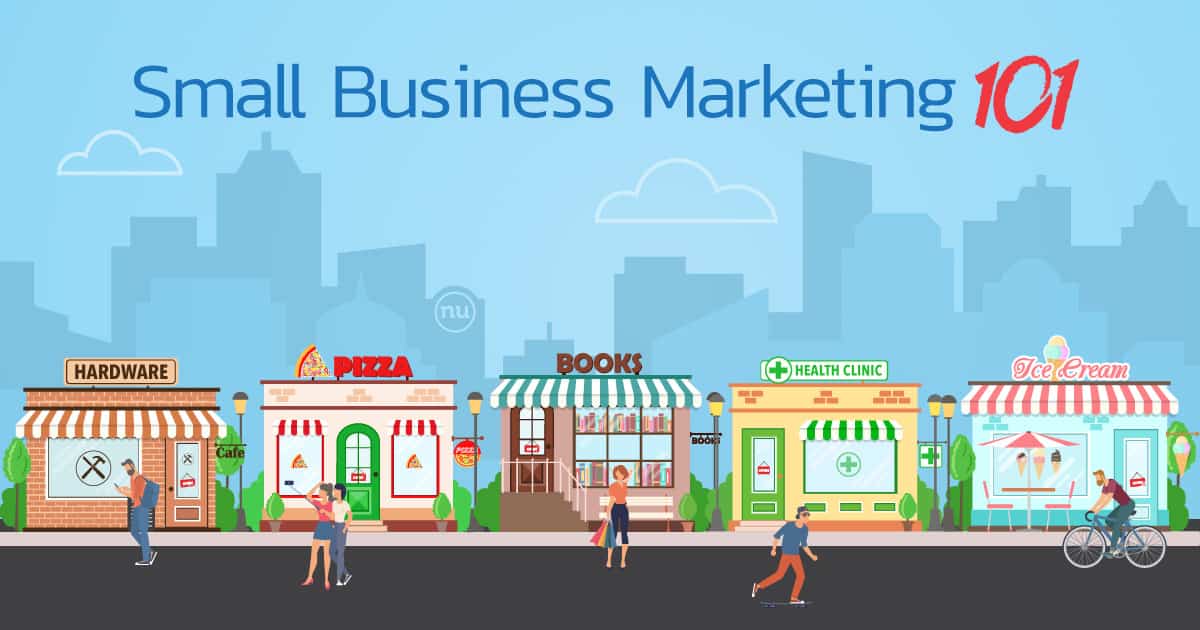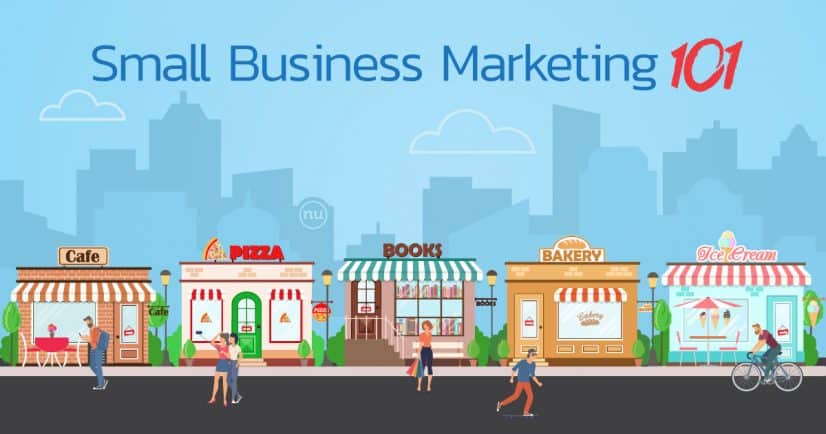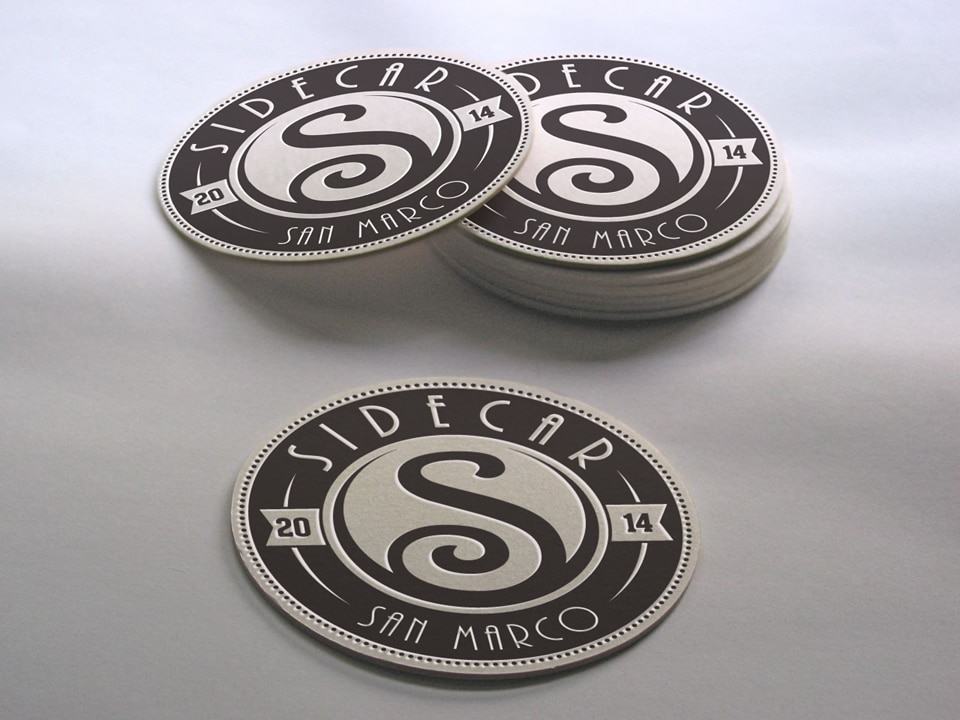
Small business marketing doesn’t have to be small but it should be efficient and it should deliver sustainable growth. In order to achieve those things, there’s a bit of an order of operations that needs to be observed. From company culture to customer experience, there are countless things you need to think through as it relates to your brand, but before you dive into your first big marketing push, here are a few of the first, most critical steps every small business owner should consider.
Know Your Objectives
Setting SMART goals is an essential first step in nearly any successful endeavor, but before you set those goals in your small business marketing plan, it’s important to understand the difference between a few primary marketing objectives: demand generation, brand marketing, and lead generation.
Demand generation is defined as the marketing methods by which you’ll get people excited about your brand or product to build community and generate long-term demand. Driving awareness and generating interest are your key focal points because this objective typically represents a longer play that can deliver a little less immediate gratification but is nonetheless critical foundational work.
Brand marketing promotes your products/services in a way that highlights your overall brand. The objective of brand marketing is to effectively link your identity, values, and personality through communications with your audience. It’s not just about putting your name and logo in as many places as possible, it’s about building your brand through thoughtfully designed customer experiences that deliver from the first introduction, through the sale, and well beyond. This work is fundamental to nurturing long-term goals that impact your entire business.
Lead generation is the process of capturing qualified interest in a specific product or service for the purpose of developing a sales pipeline and allowing your sales roles to develop those prospects until they’re ready to buy. Over the years, we’ve seen far too many young brands place 100% of the perceived value of their marketing on the delivery of qualified leads. While there’s certainly significant value there, focusing on lead generation alone while ignoring other equally critical objectives will leave a small business stifled in the long run.
That’s a lot of information to digest at once but the main takeaway for this first point should be to know the difference between your primary marketing objectives and to diversify your goals.
Do Your Research
 I’ve written in How to Build a World-Class Brand, Five Lessons Learned for Five Years of Nuera, and likely a few (dozen?) other posts about the importance of making research-based, data-driven decisions. From designing your brand and user experience to audience targeting and how you’ll handle your business’s competition, effective marketing begins with knowing your audience and abandoning most of those “gut” decisions in favor of data-driven ones. Dedicating yourself to this approach early on won’t just save you a handful of costly marketing mistakes, it’ll provide your business with a formidable foundation from which it can grow both immediately and sustainably for the long term.
I’ve written in How to Build a World-Class Brand, Five Lessons Learned for Five Years of Nuera, and likely a few (dozen?) other posts about the importance of making research-based, data-driven decisions. From designing your brand and user experience to audience targeting and how you’ll handle your business’s competition, effective marketing begins with knowing your audience and abandoning most of those “gut” decisions in favor of data-driven ones. Dedicating yourself to this approach early on won’t just save you a handful of costly marketing mistakes, it’ll provide your business with a formidable foundation from which it can grow both immediately and sustainably for the long term.
“…your brand is who your company really is; where perception meets reality and your company becomes a living thing.”
Build Your Brand
When it comes to foundational work, nothing is more critical than building your brand. Serial entrepreneur Ashley Friedlein defined branding succinctly: “Brand is the sum total of how someone perceives a particular organization. Branding is about shaping that perception.” Renowned marketer Seth Godin took it one step further with, “A brand is the set of expectations, memories, stories, and relationships that, taken together, account for a consumer’s decision to choose one product or service over another.” From visual brand design, choosing the right colors for your brand, and defining your company’s voice to mapping out a consistent customer experience and committing to nurturing a healthy internal culture that shines through everything your team touches, your brand is who your company really is; where perception meets reality and your company becomes a living thing.
Create Your Conversion Point
Before you spend any advertising budget on trafficking a website or landing page, it’s critical to ensure that you have a strong, reliable conversion point that delivers an effective user experience and engages your target audience so it can deliver on your goals. From what you should expect from your new website design to ensuring your subpage designs can stand on their own as landing pages that help increase conversion rates, this is where everything you’ve done so far comes together to create your brand’s online centerpiece. We often get calls from potential new clients who are eager to launch a marketing campaign for their business but their website is either non-existent or well, it might be better off if it were nonexistent. This is the very definition of putting the cart before the horse as it relates to your small business marketing efforts so it’s paramount that it be addressed before moving on to the final of your first steps in this journey.
Market The Hell Out of It

Now that you understand your objectives and have set your goals, done the research, built your brand, and created a reliable conversion point, it’s time to market the hell out of it! Whether you’re doing this work with your own team or have contracted the expert help of a top marketing agency, you should work with a trusted marketing expert to help determine the most efficient spends you could be making based on your budget, goals, and audience–then start there. Rarely would we direct a young small business straight into print, television, or out-of-home mediums right out of the gate (though there are certainly exceptions). Depending on their audience, industry, and competitive landscape, we’d likely initially steer them toward social media, digital marketing options ranging from SEM and PPC to ad networks and retargeting, content marketing, or any combination in between. These mediums not only offer you the opportunity to put your audience research to good use by hyper-targeting your content directly to likely consumers but are also highly measurable and when executed properly can also represent extremely efficient advertising spends.
Whether you’re working with the best small business marketing agency or venturing out on your own for the first time, I hope this simple breakdown of these first few steps proves helpful to you and your brand. We’ve worked with companies of all sizes through nearly all phases, but I like to say that our ideal client is a small business with big plans because that’s really rung truer and truer for us over the years. They’re the heart of our business because we believe in the small business owners with whom we choose to partner. The thing we most love to do is take them from these most critical first steps and onto multiple marketing growth phases as we help their big plans take shape and become a reality. It’s difficult not to let a post like this become the Great American Novel as there’s so much more that could be shared, but it’s really worth taking it from general to specific advice based on your brand, industry, and audience from here forward. If you think you might benefit from having that focused conversation, my email is as always just below.
Thank you for reading and good luck with your small business marketing plans in 2024 and beyond!
About the Author

Joe Sampson
As president and co-founder, Joe is responsible for the development, execution, and success of client and company initiatives. With >20 years of brand and leadership experience, nothing puts a smile on his face like helping clients outperform their goals.
Got questions? Good! Email joe@nueramarketing.com for answers.



